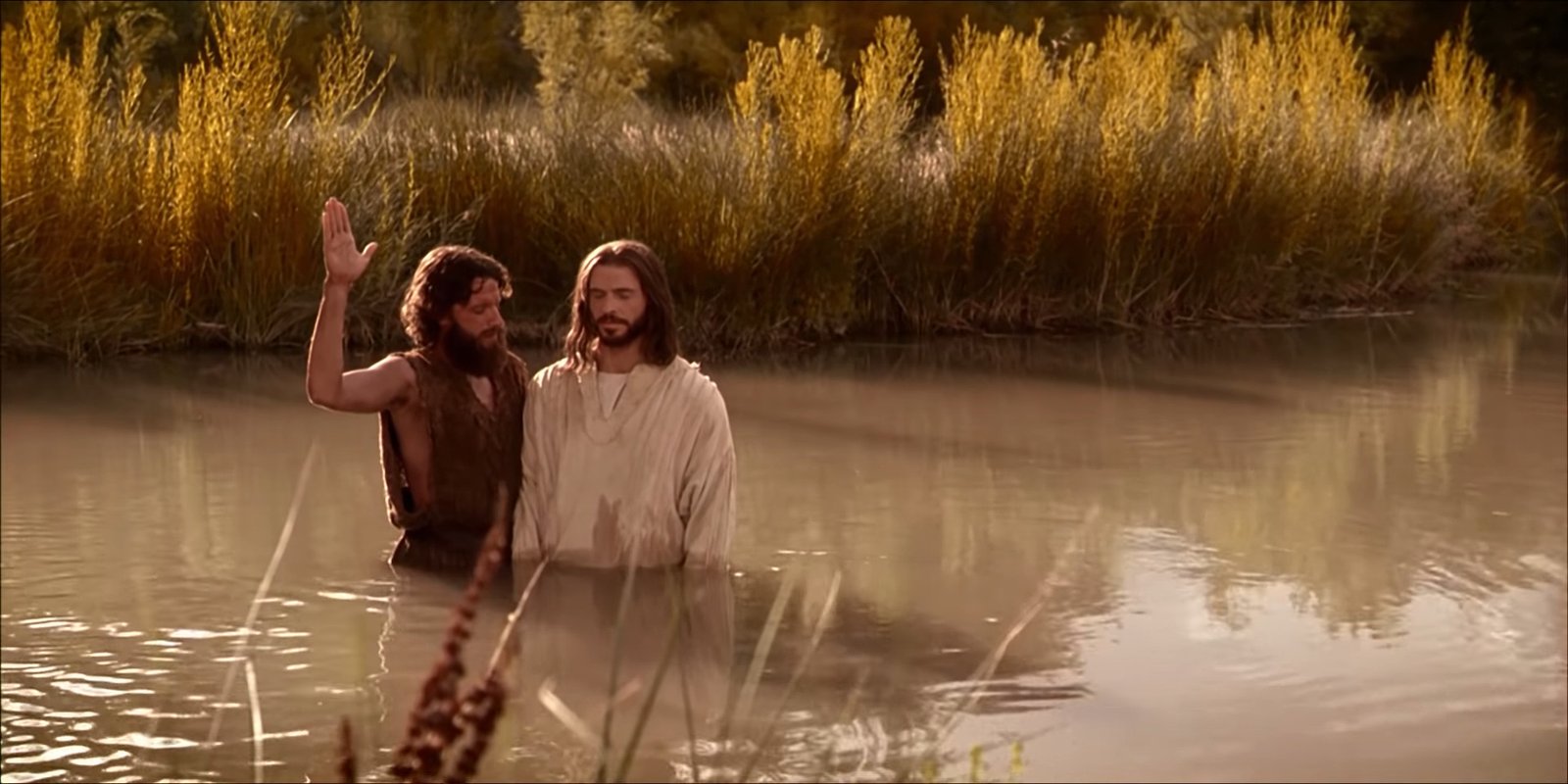INTRODUCTION
When the Church began its development a s an organization and re quires rules and regulations to take care of the church. There are two major lines that could be distinguished. One example is the church, where they establish visible rites to tend for the church, which may change as time goes by, such are church governance, marriages, funerals, etc. The church establishes norms based on its culture and its environment. Another derived is preaching and Sacrament, which was not developed by the church but was performed as Bible teaching.
quires rules and regulations to take care of the church. There are two major lines that could be distinguished. One example is the church, where they establish visible rites to tend for the church, which may change as time goes by, such are church governance, marriages, funerals, etc. The church establishes norms based on its culture and its environment. Another derived is preaching and Sacrament, which was not developed by the church but was performed as Bible teaching.
We can discover how early Christians perceived baptism in its early stages via their observations. Baptism is required for everybody who has made a commitment to God and believes in Jesus Christ. That is why the Bible mentions baptism so frequently. As Jesus was baptized in the Jordan River by John the Baptist, whoever believes in him is also baptized.[1]Baptism demonstrates that a person believes in Jesus Christ and vows to follow him sincerely; it is still used as a sign of believers today. Some of the baptisms we see in the book of Acts are Peter on the day of Pentecost (Acts 2:38-41), Samaria (8:12), Philip and Ethiopia eunuch (8:35-39), Ananias and Paul (9:18), Cornelius (10:4-48), Paul and Lydia and at Philippi Jail (16:14-15,33;19:5), at Corinth (18:8).[2]Baptism means identification. In the New Testament, b
aptism it involves identification with Christ in His death and resurrection. Being baptized in the name of Christ (Acts 2:38) stresses association with Christ in the rite. It is a public declaration that the believer has been united to Christ by faith in His death and resurrection.

- VIEWS OF BAPTISM
1.1 Means of Saving Grace: According to this viewpoint, baptism complements Jesus’ work on the cross. Baptism results in the forgiveness of sins and the washing of regeneration. According to Roman Catholicism, faith is not required; the rite itself, when properly performed, is sufficient. Faith, according to the Lutherans, is required. Infants should be baptized because they may have unconscious faith or parental faith.[3]
1.2. Sign and Seal of the Covenant: This is the perspective of the Reformed and Presbyterian churches. Baptism and the Lord’s Supper are sacraments “The signs and seals of an inward and invisible thing through which God works in us through the power of the Holy Spirit Baptism, like circumcision in the Old Testament, assures us of God’s promises. Baptism is both a means of initiation into the covenant and a symbol of salvation.”
1.3. Symbol of our Salvation: Baptists and others believe that baptism is only an outward manifestation of an inward change. It serves as a public declaration of one’s faith in Christ. “It has no spiritual effect on the person who is baptized.” Baptism does not confer any direct spiritual benefit or blessing.” Furthermore, it is only to be conducted with believers. As a result, this third viewpoint is the only one that believes that only believers should be baptized. The first two points of view hold that, in addition to adult converts, children (infants) should or may be baptized.[4]
- MODE OF BAPTISM
2.1 Immersion: Baptism by immersion refers to baptism by submerging an individual in the water. This method of baptism is used by Eastern Orthodox churches and some Protestant denominations. They perform a baptism in this manner to resemble early church practice, which many theologians believe primarily involved submerging individuals in moving bodies of water.
2.2 Aspersion: Baptism by aspersion refers to a baptism perfor
med by sprinkling holy water on someone’s head. Catholics and some Protestant denominations use this method of baptism. Though theologians acknowledge that baptism by immersion is the most common way baptism was administered, historical practicerecognizes aspersion as a common alternative for sick people, children, and  individuals in prison. People who practice this type of baptism do not deny the legitimacy of immersion baptism. Instead, they see their practice as more valid and practical in modern times.[5]
individuals in prison. People who practice this type of baptism do not deny the legitimacy of immersion baptism. Instead, they see their practice as more valid and practical in modern times.[5]
2.3 Affusion: Affusion is a type of baptism in which water is poured on the person being baptized’s head. The term “affusion” is derived from the Latin affusio, which means “to pour on.” Christian denominations that practise affusion baptism do not deny the credibility of immersion or aspersion baptism; rather, they believe that affusion is a sufficient, if not preferable, method of baptism. Christian denominations that practice infant baptism are more likely to practice affusion and aspersion. This could be due to the practical difficulties of completely submerging an infant. Infant immersion is practiced by the Eastern Orthodox and some Roman Catholics. Pouring baptism is still practiced by the Amish, Old Order Mennonites, and Conservative Mennonites.[6]
- THE NECESSITY OF BAPTISM
Whereas we perceive that Jesus commanded baptism (Matthew 28:19), as did the apostles (Acts 2:38), we should not say that baptism is required for salvation. This question was discussed to some extent above under the response to Roman Catholic teaching, but also with the teaching of several Protestant denominations that teach that baptism is required for salvation in some way. Although there are differences in their teaching, many Episcopalians, Lutherans, and Churches of Christ hold such a position.
The Catholic perspective on baptism. To say that baptism or any other action is required for salvation is to say that we are justified not only by faith but also by faith plus a specific “work,” the work of baptism. The apostle Paul would have been as opposed to the idea that baptism is required for salvation as he was to the similar idea that circumcision was required for salvation (see Gal. 5:1–12).
baptism. To say that baptism or any other action is required for salvation is to say that we are justified not only by faith but also by faith plus a specific “work,” the work of baptism. The apostle Paul would have been as opposed to the idea that baptism is required for salvation as he was to the similar idea that circumcision was required for salvation (see Gal. 5:1–12).
Those who argue that baptism is required for salvation frequently quote Mark 16:16: “He who believes and is baptized will be saved, but he who does not believe will be condemned.” However, the obvious answer is that the verse says nothing about those who believe but are not baptized. The verse is simply discussing general cases without making a pedantic distinction for the exceptional case of someone who believes but is not baptized. But the verse should not be pressed into service and made to speak about something it is not.
More importantly, Jesus told the dying thief on the cross, “Today you will be with me in Paradise” (Luke 23:43). The thief could not be baptized before dying on the cross, but he was undoubtedly saved that day. Furthermore, the force of this point cannot be avoided by claiming that the thief was saved under the old covenant (under which baptism was not required for salvation), because the new covenant took effect at Jesus’ death (see Heb. 9:17), and Jesus died before either of the two thieves crucified with him. Some other reason baptism isn’t required for salvation is that our justification from sins occurs at the point of saving faith, not at the point of water baptism, which usually happens later. However, if a person is already justified and has sins forgiven forever at the point of saving faith, baptism is not required for sin forgiveness or the bestowal of new spiritual life. Baptism is thus not required for salvation. But it is required if we are to obey Christ because he commanded baptism for all who believe in him.[7]
- EVALUATION
We might not be able to identify baptism clearly from a tiny scrap of paper; however, I’d want to evaluate it in this manner. Baptism has been an important part of church service since the earliest days and continues to be so today. As discussed in the preceding section, the mode of baptism has changed significantly over time in the church service. However, churches clearly understand that baptism is not derived by men; it is given by God to be implemented actively in church services. It does not diminish the significance of baptism because of different practices; rather, it demonstrates the church’s desire to obey God’s command as they understand it.
I believe there will be a lengthy debate about the views and mode of baptism among Christian. Child baptism is practiced by Roman Catholics and some protestant groups who claim it is biblical from the Old Testament, while another who holds adult baptism claims it is based on New Testament teaching. It may be difficult to reach a decision that will satisfy both groups. As Christians, we practice baptism in conformity with biblical principles. Simultaneously, we must understand and respect the practices of others. We must also recognize that baptism is performed by the church to honour our Lord Jesus Christ, who died on the cross to rescue us. As Paul encouraged, do everything for the glory of God (1 Cor.10:31). Let us not use baptism to separate us, but to live in harmony as a Christian family.
CONCLUSION
Some Christian organizations, such as Quakers and the Salvation Army, did not practice baptism, which is quite disappointing. Even though our perspectives and practices differ, we must observe baptism. Baptism started with the establishment of the church on Pentecost. As a result, it will not lessen until Christ’s second coming.
(Endnotes)
[1] Joseph Vanliamangalam SJ, Community in Mission: Mission Consciousness of Christian Communities, A Contextual Missiological Studies(Delhi:ISPCK, 2003), 113.
[2] Lars Hartman, “Baptism,” in The Anchor Bible Dictionary, Vol-1, Edited by David Noel Freeman and Gary A. Harison ed., (New York: Doubleday Dell Publishing, 1992), 590.
[3] Paul Enns, The Moody Handbook of Theology (Chicago: Moody Publishers, 1989), 374.
[4]Paul Enns, The Moody Handbook of Theology, 374-375.
[5]“3 Types of Baptism in Christianity | Synonym.”
[6]“What Does Affusion Mean?”
[7] Wayne Grudem, Systematic Theology: An Introduction to Biblical Doctrine (Secunderabad: GS Books, 2017), 981.


Leave A Comment